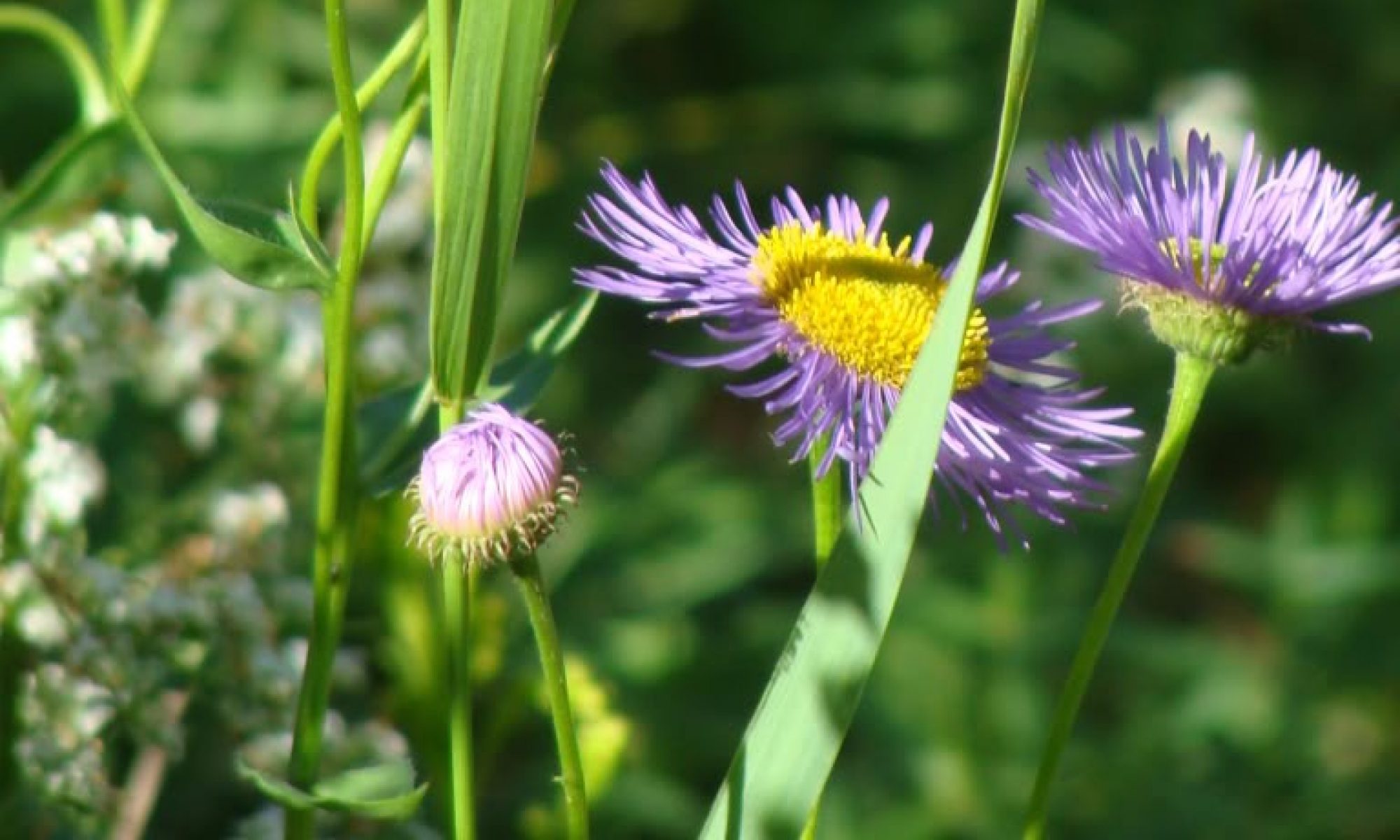Spring is a season of flowers in the native plant garden. Even in my five-year-old native garden in Seattle, hundreds of blooms have opened in the last few weeks.
It can take time to create a garden full of natives if cost is a factor. I have been growing native plants from seed and divisions over the last five years and adding them to the garden to join the nursery-purchased plants. So far, the most impactful are the easiest ones to propagate! It makes sense–there are more of them.
Geum macrophyllum (large-leaved avens) is very easy to grow from seed. I love this plant. The leaves are showy in spring, and the flowers, while not overly showy, are bright and cheerful. The seed pods are extraordinary. I have not only added this plant to the native plant garden, but have mixed it into my flower borders. It makes a nice contrast to blousier flowers with simple yellow blooms at a convenient height. I also think it will be hardy enough to compete with ornamentals and hold its own in the borders.







Another plant I have found easy to propagate is Tellima grandiflora (fringecup), and I have a bunch of them now in my native plant garden and have planted a few in our woodland garden. Like large-leaved avens, fringecup has subtle beauty with generous, clean-looking leaves and showy spikes of greenish-white fringed cups. A group of them can be impressive, and my group is growing.



Possibly my favorite wildflower is Trillium ovatum (western trillium). I have yet to get seeds to germinate. Luckily, I had purchased a couple of plants five years ago, and they have done alright. They are getting a bit swamped by other natives this year. I may need to move some things around to keep them healthy. They have branched out and produced three flowers in each clump this year.



I added a bunch of Aquilegia formosa (western columbine) grown from seed, too. They are budding up now. The leaves are spectacular, too. I have found these columbines a bit slow to mature for me–they take a couple of years to bloom for me, as opposed to the garden cultivars that often bloom the same year they germinate. The wait is worth it.


Some other plants are blooming, too, including Viola adunca, Ribes sanguineum (red-flowered currant), and Amelanchier alnifolia (serviceberry).




One of the most exciting garden updates is that the Philadelphus lewisii purchased five years ago has flower buds for the first time! My love of mock oranges started early on with the fragrance of the ornamental varieties. I never dreamed that we had a native one here in Washington. I have seen these growing wild, mostly in eastern Washington. Now, there will be one at my address is about two weeks!



There were a couple of photos of native plants that I want to post for their artistic value. The salmonberry in transition from flower to berry displays such intricacy and beauty. And the unfuling leaves of Acer macrophyllum (bigleaf maple) probably show the abundance of spring better than any blossoms can.


I was able to give away some native plants the last few weeks, with six plants going to our great friends Staci and Eric for their rewilding wetland project in Kenmore, WA. And I dropped six plants off with our neighbor Stuart two doors down. He has the best native garden around this area and keeps adding to it, despite the challenge of digging up new garden space here. His amazing efforts are developing into a beautiful native oasis.
